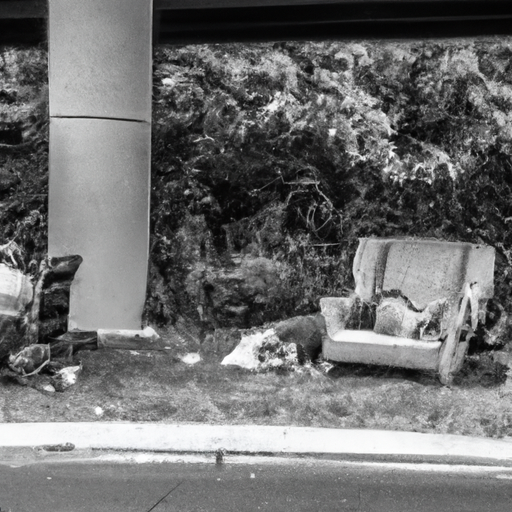Understanding the Implications of the Canadian Opioid Crisis: Stratagems and Consequences
In Canada, a relentless scourge continues to wreak havoc on communities, families, and individuals, irrespective of their socioeconomic status. This plight, known as the opioid crisis, is a complex, multidimensional problem necessitating synergistic efforts from different sectors of society to effectively combat it. A recent article from Times Colonist offers a crucial analysis of one facet of the crisis – its effect on housing, and the associated policy responses.
The Opioid Crisis and Its Ramifications
The introduction of opioids into the Canadian healthcare ecosystem, originally intended to help manage acute pain, has inadvertently fuelled a crippling health catastrophe – the opioid crisis. The fallout of this crisis is far-reaching. It has teetered public health systems, increased criminal activities, exacerbated homelessness, heaped financial burdens on governments and communities, and, most unfortunately, resulted in staggering mortality rates.
The Housing Issue and Its Connection to the Opioid Crisis
Canada’s opioid crisis has profoundly affected the housing landscape. The escalation of opioid addiction has led to increased homelessness, as individuals battling addiction are often unable to maintain stable housing. This growing homeless population often engages in illicit activities, exacerbating crime rates, and instigating safety concerns in affected communities.
The housing issue is a twofold problem. On one hand, housing is a fundamental human right, necessary for the wellbeing and dignity of every individual. On the other hand, homelessness incites a myriad of social issues – including vandalism, public intoxication, theft, and violence, and complicates the task of providing social and health services to this marginalized population.
Government and Community Interventions
The Canadian government and various community organizations are striving to implement cogent strategies to address the adverse effects of the opioid crisis. Some of these efforts include:
- Formulation and implementation of the Canadian opioid abatement class action, designed to hold opioid manufacturers and distributors accountable for their roles in the epidemic that has affected millions of Canadians.
- Mass distribution and administration of Naloxone, a life-saving drug that counteracts the effects of an opioid overdose, to emergency response, health, and community organizations.
- Construction and maintenance of affordable housing units to provide stable homes for individuals grappling with opioid addiction.
- Provision of support programs tailored towards rehabilitation and reintegration of recovering addicts into society.
Fusing Political Perspectives in Addressing Housing: A Necessity
The intersection of political ideologies in addressing the housing crisis associated with the opioid issue is crucial. The stigmatization of individuals struggling with addiction can only be combated with unified political efforts that prioritize rehabilitating these individuals and reintegrating them into society. Both immediate housing solutions and long-term prevention of substance use disorders should be at the forefront of policy-making decisions.
Conclusion
While there is no quick fix for the opioid crisis sweeping across Canada, integration of efforts to combat its effects is a step forward. Housing is an intrinsic component of this crisis, as lack of stable housing amplifies the harms associated with opioid misuse. National and local government units, along with health and community organizations, must continue to forge alliances in tackling this crisis.
The key takeaways from this extensive crisis are that:
- The opioid crisis has undeniable implications on housing and related social issues.
- Collaborative approaches help in developing and implementing policies that address the multidimensional aspects of the crisis.
- Naloxone administration as a preventive measure and the Canadian opioid abatement class action are commendable community-level interventions.
- Bi-partisan political alignment is crucial for overcoming the housing and social challenges induced by the opioid crisis.
Ultimately, the Canadian opioid crisis calls for comprehensive, integrated, and empathetic solutions that address not only the immediate symptoms but also the root causes. By focusing on the human, as well as the systemic dimension of the opioid crisis, from stable housing to effective drug policies, Canada can continue to make headway in this ongoing battle.
